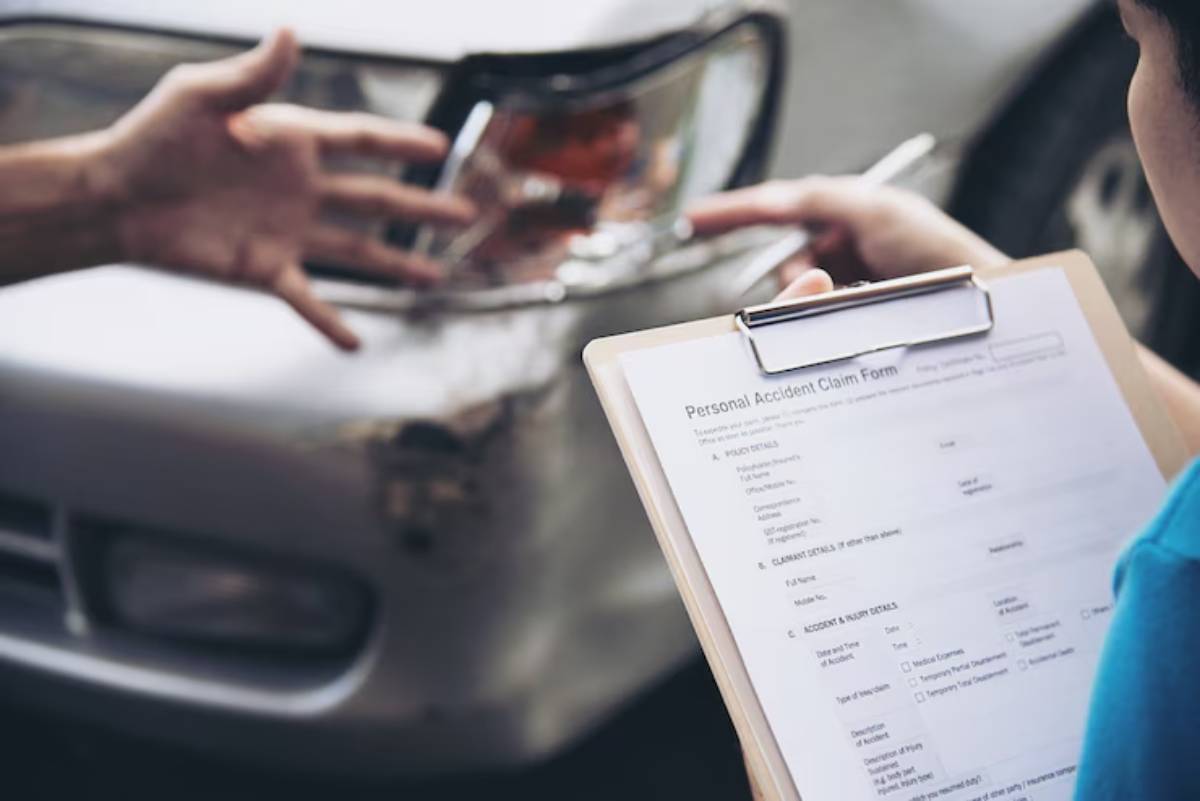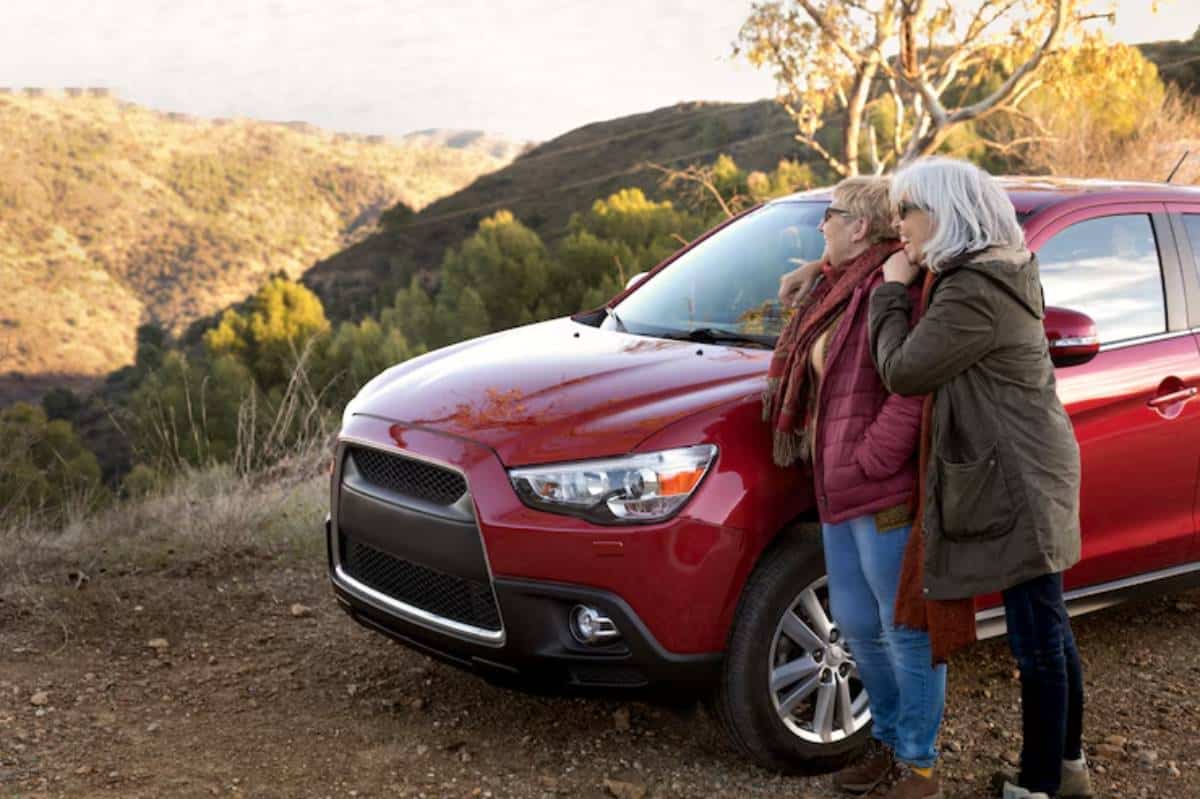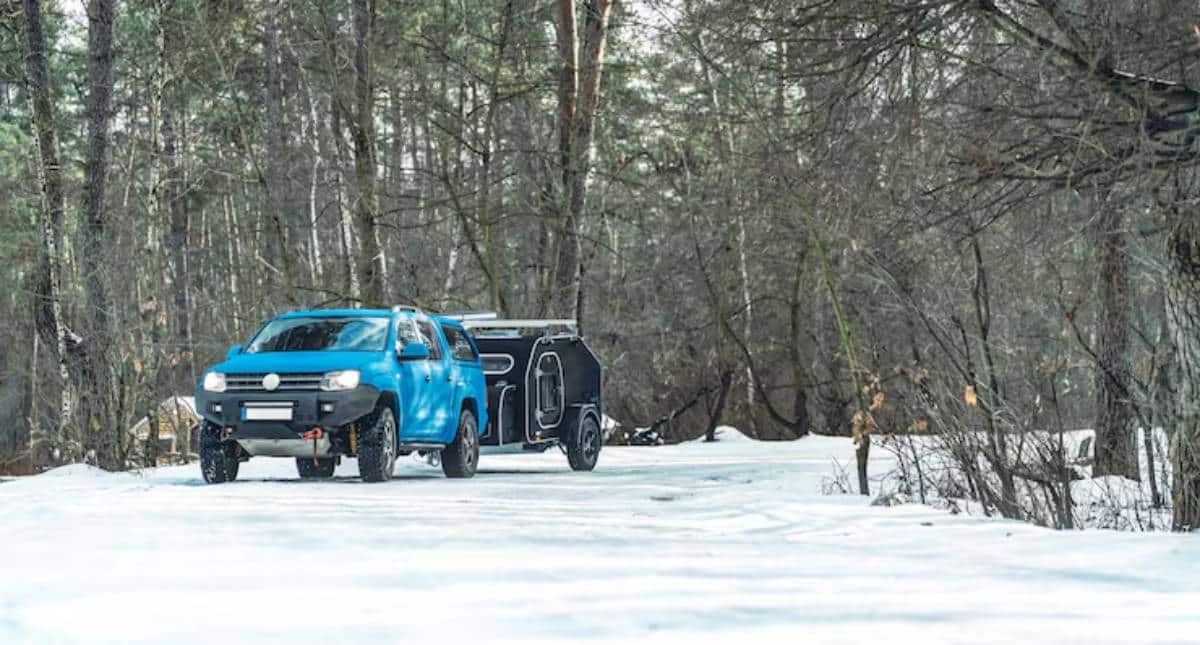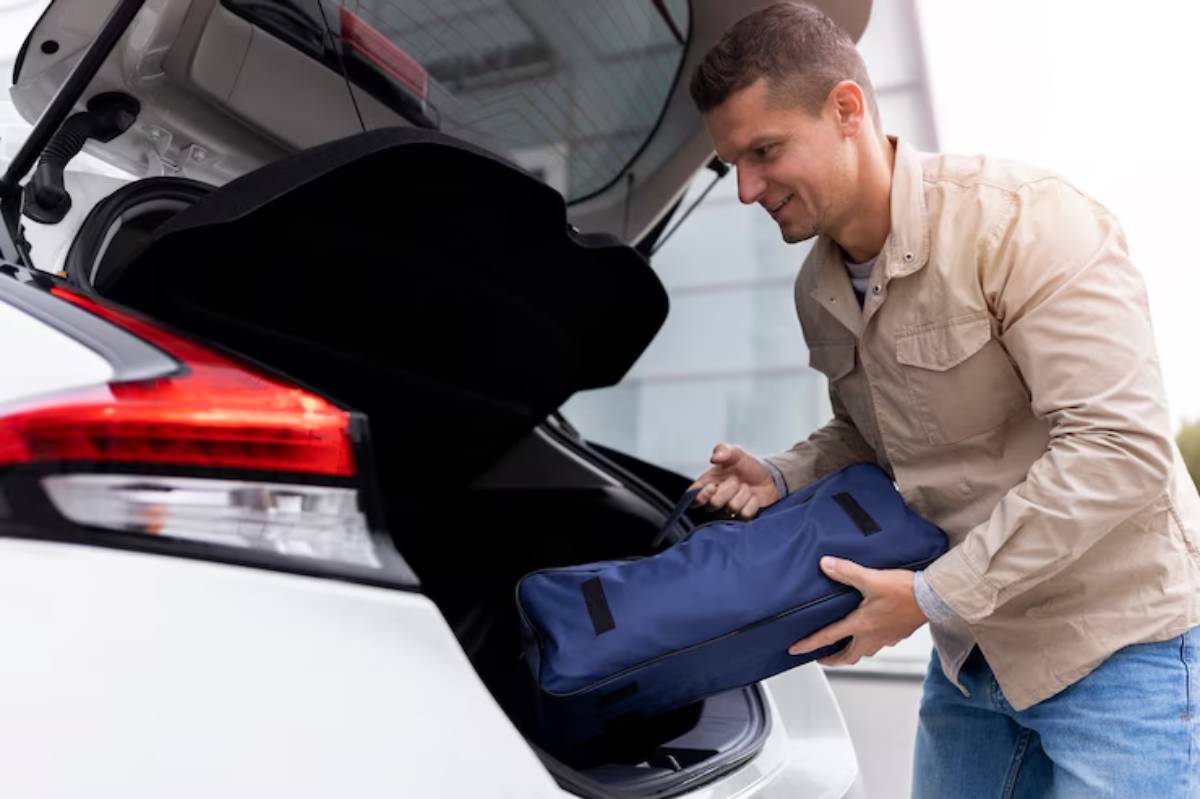
Must-Have Emergency Kits for Family SUVs
Every family road trip starts with excitement and high hopes. But while the open road offers endless adventure, it also comes with unexpected detours — and we’re not just talking about scenic routes. Flat tyres, weather delays, minor injuries, or a dead battery can quickly turn a great journey into a stressful one.
That’s why having a well-stocked SUV emergency kit isn’t just a good idea — it’s a non-negotiable for anyone driving with family. With the right car safety gear and planning, your vehicle becomes a safe haven in any situation.
In this guide, we break down the family SUV emergency essentials that every road-tripping parent, carer, or driver should pack — whether you’re going across town or across the country.
Why an Emergency Kit Matters More for Families
When you’ve got children on board, preparation becomes more than a precaution — it’s a responsibility.
- Kids get cold faster, tire easily, and have fewer ways to cope with discomfort
- Delays can lead to hunger, boredom, and anxiety without the right backup supplies
- Being stuck with children in a breakdown situation can be emotionally taxing and dangerous without the right tools
You can’t predict the problem — but you can always pack the solution.
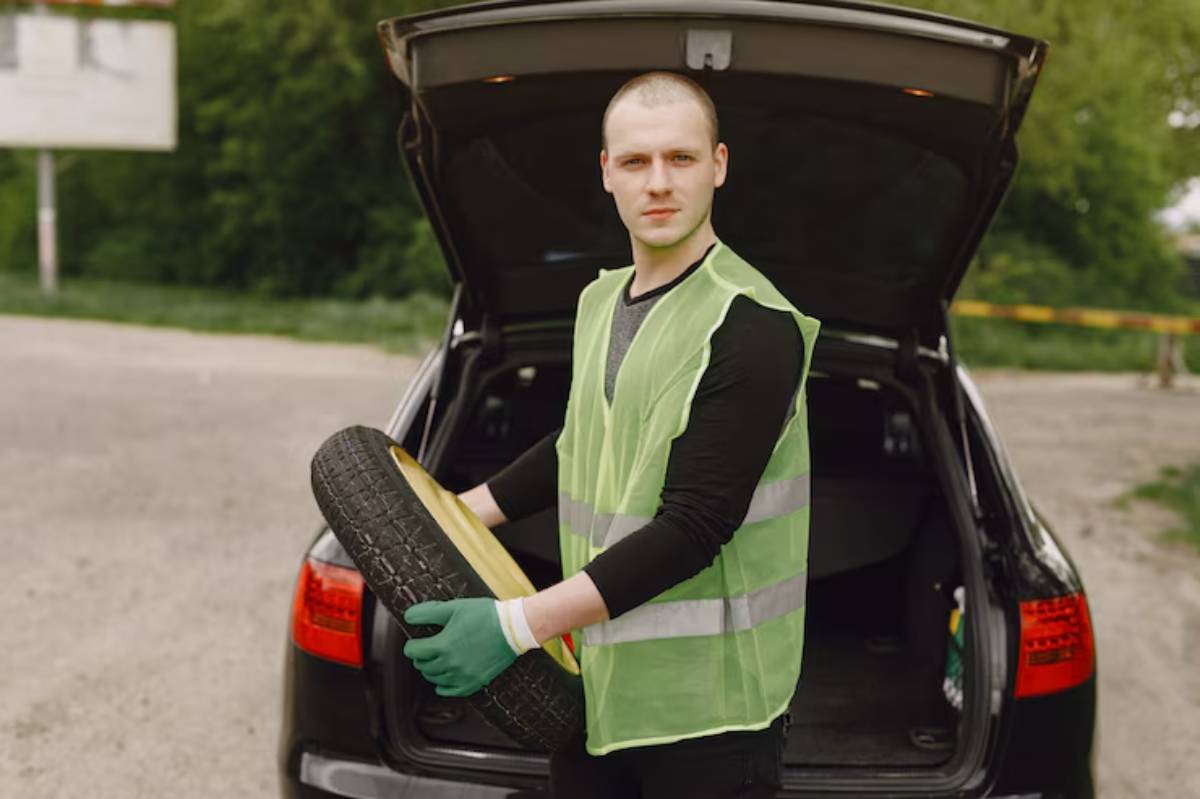
What Should Be in a Family SUV Emergency Kit?
Here’s a detailed checklist of what your emergency kit should include, broken down by purpose:safety, medical, repair, and family-specific items.
Car Safety & Breakdown Essentials
These items help you stay visible, safe, and self-sufficient while waiting for assistance.
Must-Haves:
- High-visibility reflective vests
- Warning triangle
- Jump starter pack or jumper cables
- Tyre pressure gauge and portable inflator
- Tyre sealant or spare tyre with jack and wrench
- Tow rope
- Fire extinguisher (car-approved)
- Multi-tool or basic toolkit
- Torch with spare batteries or wind-up model
Tip: Choose a sturdy, weatherproof storage bag to keep everything dry and in one place.
First Aid Kit (Family-Friendly)
A standard first aid kit is essential, but with kids on board, it needs a few thoughtful extras.
Must-Haves:
- Assorted plasters (including children’s sizes)
- Antiseptic wipes and spray
- Sterile gauze and bandages
- Tweezers and safety scissors
- Digital thermometer
- Antihistamines (chewable for children)
- Pain relievers (adult and child doses)
- Motion sickness tablets
- Sunscreen and insect repellent
- Emergency allergy treatment (e.g., EpiPen if needed)
Pro Tip: Regularly check expiry dates and restock every 6–12 months.
Vehicle Repair Tools & Maintenance Gear
Being able to handle a minor issue yourself can save hours on the road.
Must-Haves:
- Duct tape and zip ties
- Spare fuses
- Bungee cords or rope
- Windshield washer fluid
- Ice scraper and de-icer (for winter trips)
- Folding shovel (if off-roading or snow is likely)
- Gloves and poncho (for working in bad weather)
Family Comfort & Emergency Supplies
These extras might not be “critical” in a breakdown, but they make all the difference — especially with kids in the mix.
Must-Haves:
- Non-perishable snacks (granola bars, fruit pouches, crackers)
- Bottled water (at least 1 litre per person)
- Blankets or thermal foil blankets
- Spare clothes (especially for young children)
- Wet wipes and tissues
- Travel-size toiletries (sanitiser, toothpaste, etc.)
- Portable phone charger or power bank
- Notepad and pen
- Entertainment: colouring books, card games, storybooks
- Emergency cash in small denominations
Tip: Pack a separate “grab bag” with snacks and water, easily accessible from the cabin.
Digital & Documentation Essentials
Keep both digital and hard copies of important documents in case your phone battery dies or you lose signal.
Must-Haves:
- Breakdown service contact details
- Vehicle registration and insurance documents
- Emergency contact numbers
- Offline maps (printed or downloaded)
- Copies of passports or IDs (if travelling cross-border)
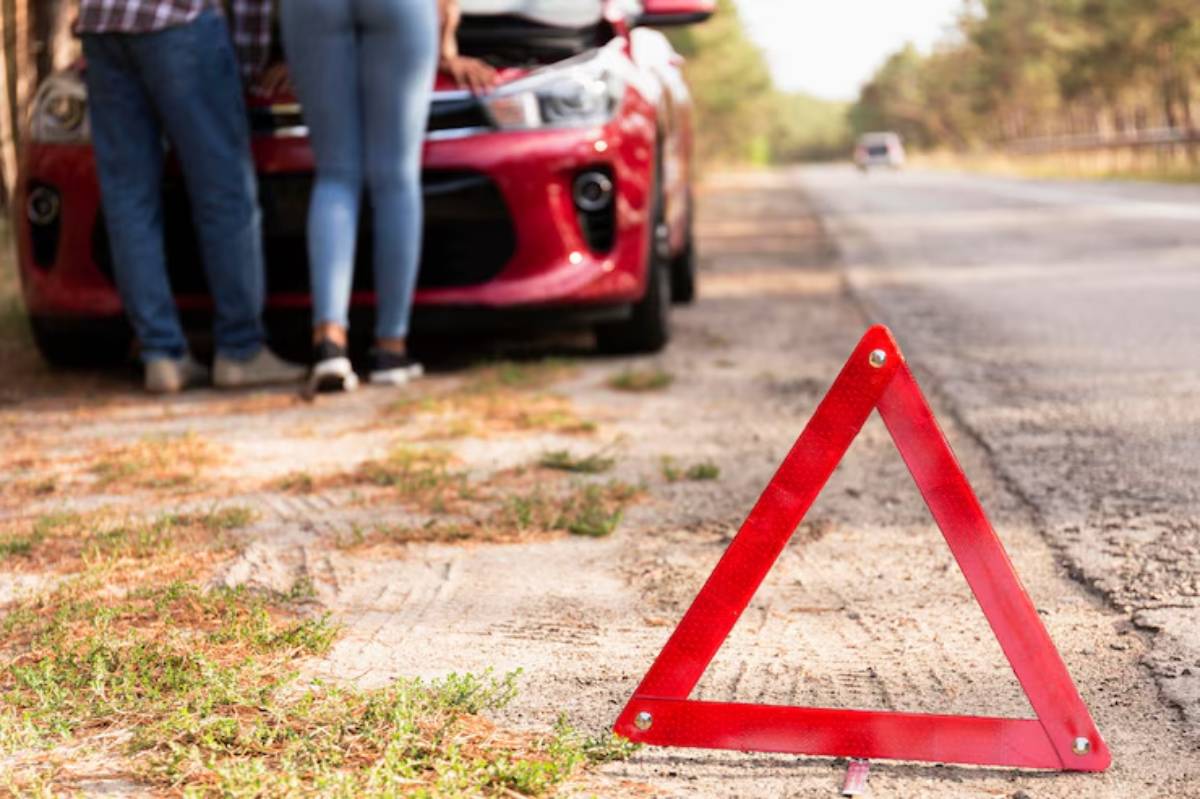
Ready-to-Buy vs DIY Kits: Which is Better?
Pre-Made Kits:
- Convenient and compact
- Often TSA or insurance-approved
- Good for basic breakdowns
DIY Kits:
- Tailored to your family’s specific needs
- Allows you to include higher-quality tools
- More adaptable to climate, route, or trip length
Best approach? Start with a solid pre-made car safety kit, then add family-specific extras like snacks, kid medications, or entertainment.
How to Store Your SUV Emergency Kit
- Boot or rear storage well: Best for heavier items like tools or jump starters
- Seatback organiser: Great for first aid kits, wipes, and snacks
- Under-seat bins: Ideal for extra clothes, blankets, and small gear
- Overhead or roof cargo: If space is tight, use cargo carriers for bulkier items
Pro Tip: Do a quick gear check before each long trip — batteries, food, water, and supplies can degrade or get used without notice.
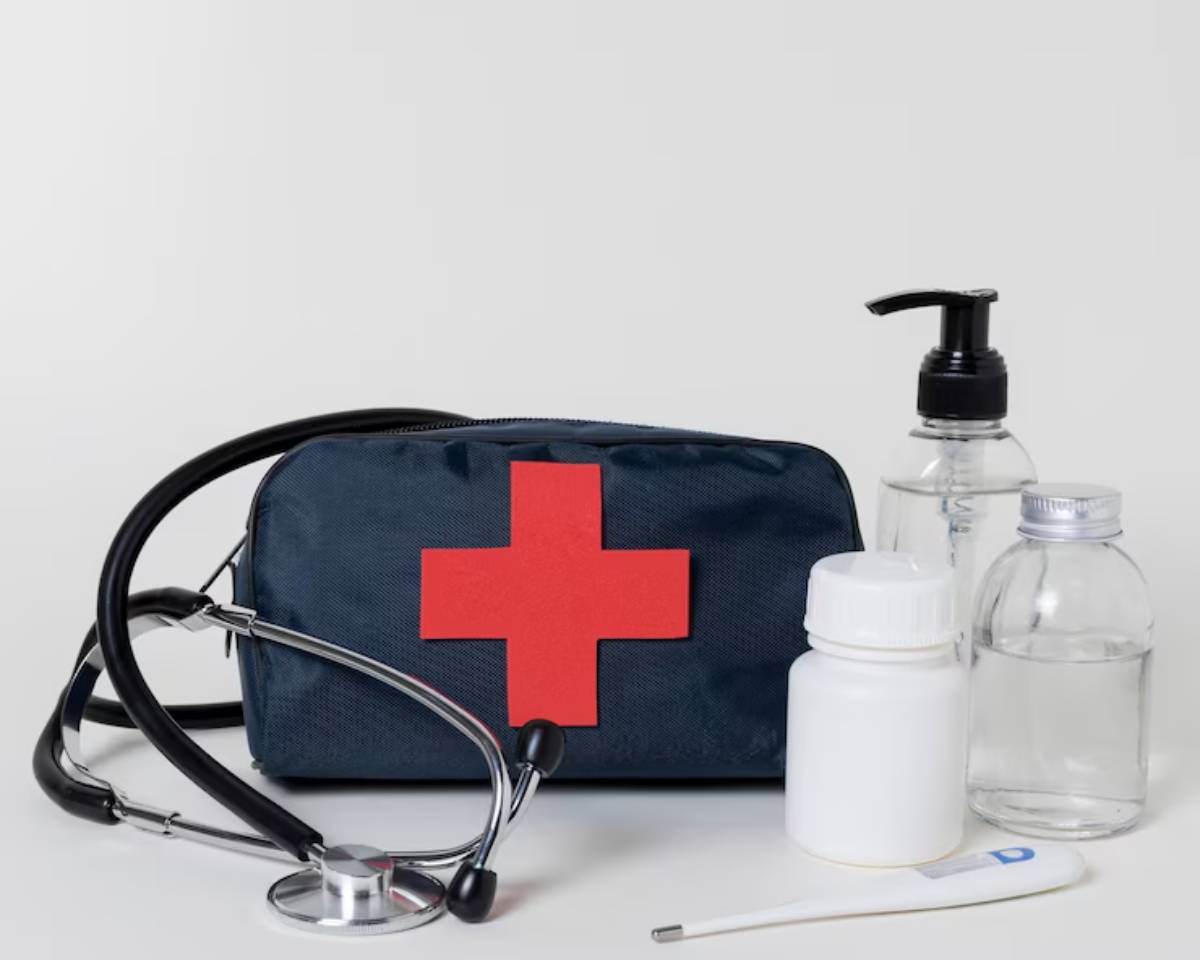
Bonus: Seasonal Add-Ons for Your Kit
For Winter:
- Ice scraper and snow brush
- Sand or cat litter for traction
- Windshield cover
- Hand warmers
For Summer:
- Extra water
- Cooling towels
- Sun hats and UV window shades
- Portable fan or USB fans
Preparedness = Peace of Mind
A well-packed SUV emergency kit is one of the simplest ways to protect your family on the road. It’s not just about breakdowns or bad weather — it’s about being ready for anything, from scraped knees to traffic delays, lost phones to flat tyres.
When your car is kitted out with the right car safety gear, you can travel confidently knowing you’re ready for the bumps — literal or figurative — along the way.
Planning a family road trip soon?
Use this checklist to stock your emergency kit today, and keep it up to date before every major journey. Already built your perfect kit? Share your tips in the comments — your ideas might help another family stay safe on the road.
